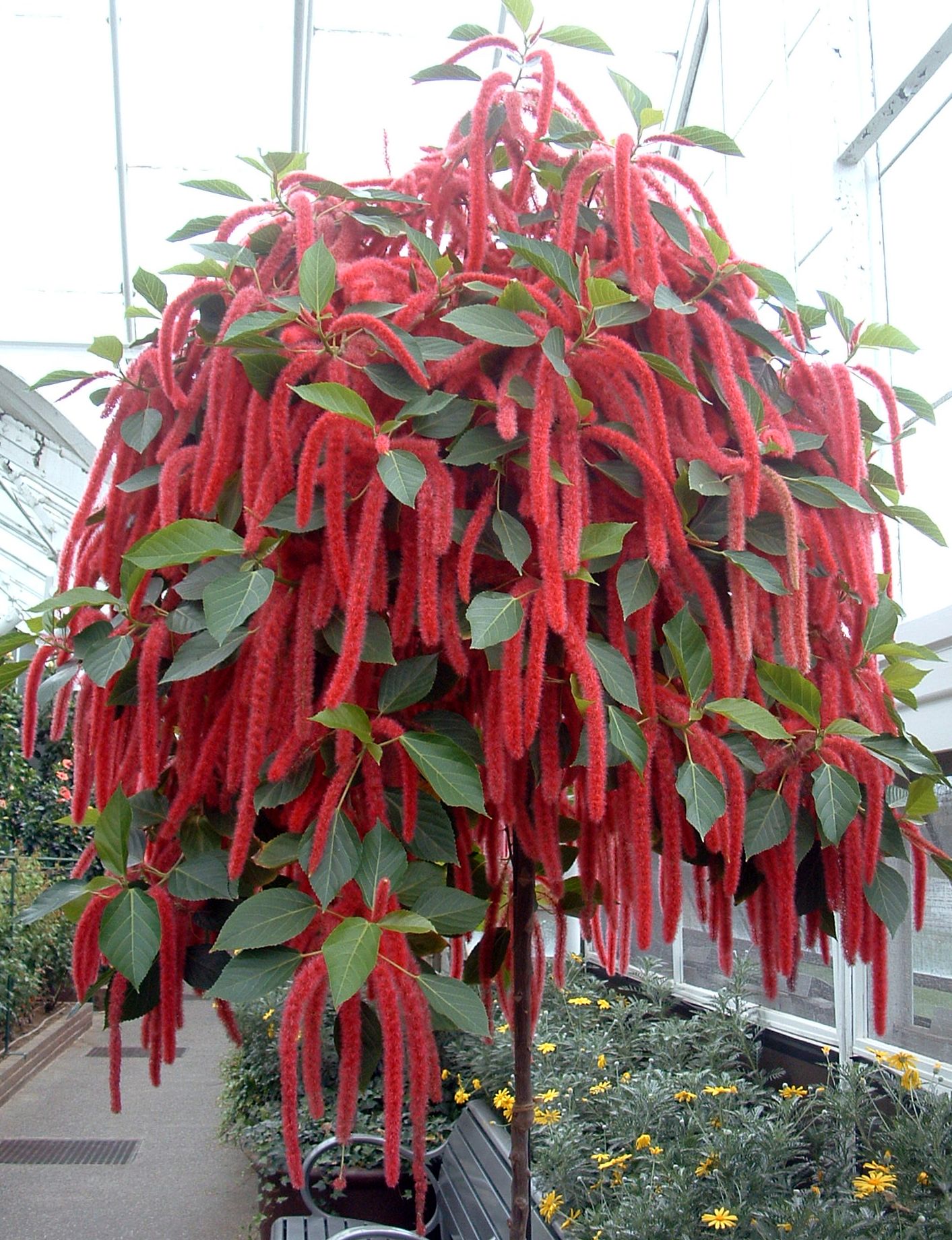|
||||||
Free Primula Vulgaris Hybrids Plants The cultivated Primula has the same foliage, habit and flower shape as the Primrose, but is available in a range of bright colours. The white, yellow, blue or red blooms, produced in clusters in a rosette of leaves, are a welcome harbinger ofspring. Sadly though, the flowering period is quite limited. Kept in optimum conditions, in a cool but well-lit place, the plant will flower for only a few weeks. It is best to buy the plant early, before many flower buds have opened. After flowering, the Primula is best planted in the garden, where it should flower in successive years. Plant type : Flowering plant with low growing habit Season of interest : Late winter to early spring Size : 7.5- 10cm (3—4in) high, 10-15cm (4-6in) wide Flower : Five-petalled, 2.5cm (1 in), single, white, yellow, blue, red, pink or mauve, on 2.5- 5cm (1 -2in) stalks Leaf : Broadly strap-like with slightly wavy edge and uneven surface, 7.5-15cm (3—6in), pale green Temperature : 10-15°C (50-59°F) Aspect/Light : Well-lit situation, with some sunlight Humidity : Moderate Watering : Evenly moisten compost throughout year, but do not make over-wet Feeding : Once every two to three weeks with flowering plant fertilizer in late winter and early spring Propagation : Sow seeds at 16-20°C (61 -68'F) in seed and cutting compost in mid summer Potting : Houseplant potting compost Problems : Aphid, red spider mite, botrytis Availability : Commonly available from late winter to early spring Uses indoors : Seasonal splash of colour for indoor bowl or trough; good windowsill plant for cool, light position such as bedroom, kitchen or porch Other varieties : P. obconica- white, pink, red or mauve flowers in sprays, with irritant foliage |
||||||
|
||||||
